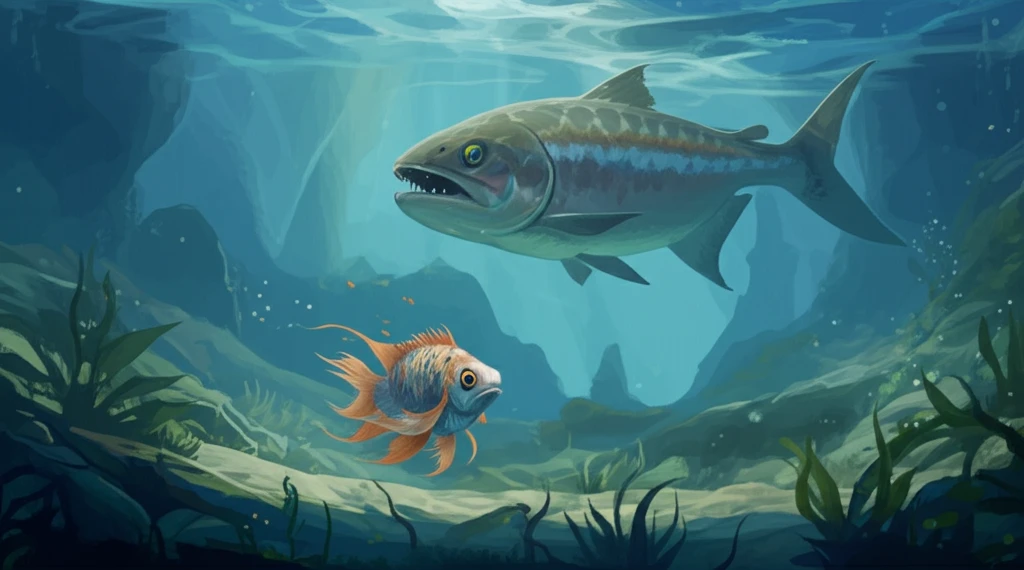
Tank Busters: The Hidden Threat of Juvenile Fish Sales in Brazil
"Unregulated aquarium trade poses a significant risk to native ecosystems. Learn how small fish today can lead to big problems tomorrow."
The global aquarium hobby, enjoyed by people of all ages, has shown to improve well-being. As aquarium keeping gains popularity, many hobbyists are unaware of the environmental consequences of their actions. The informal sale of non-native, large-bodied aquarium fish, known as "tank busters," is growing in Brazil, creating a significant ecological threat.
A recent study investigated the unregulated trade of these fish on Facebook from May 2012 to September 2016, gathering data on traded species, their origins, sizes, and behaviors. The research also assessed the invasion risk of frequently sold species using the Fish Invasiveness Screening Test (FIST).
The study identified 93 taxa from 35 families, with Cichlidae as the dominant family. Most species originated from South America and were sold at small sizes (under 10 cm). The southeast region of Brazil showed the highest trading activity. The FIST analysis indicated that Arapaima gigas, C. kelberi, and C. temensis pose high invasion risks due to aquarium dumping.
Why Juvenile Fish Sales Are an Environmental Time Bomb

Many aquarium enthusiasts are drawn to the allure of owning exotic fish, often without considering the long-term implications. Juvenile fish of large species are particularly popular due to their manageable size and vibrant colors. However, these small fish quickly outgrow their tanks, leading owners to seek alternatives. One common and detrimental solution is aquarium dumping, the release of unwanted fish into local waterways.
- Ecological Disruption: Non-native fish can outcompete native species for food and habitat.
- Predation: Introduced predators can decimate local fish and invertebrate populations.
- Habitat Alteration: Some species can modify their environment, making it unsuitable for native organisms.
- Disease Transmission: Non-native fish can introduce diseases and parasites to which native species have no immunity.
Protecting Brazil's Aquatic Ecosystems: A Call to Action
The findings of this study serve as a critical reminder of the hidden dangers associated with the aquarium trade. By implementing trade regulations, monitoring programs, and educational campaigns, Brazil can protect its aquatic ecosystems from the devastating impacts of invasive species. It is up to hobbyists, retailers, and policymakers to work together to ensure a sustainable future for Brazil's native fish and aquatic environments.
